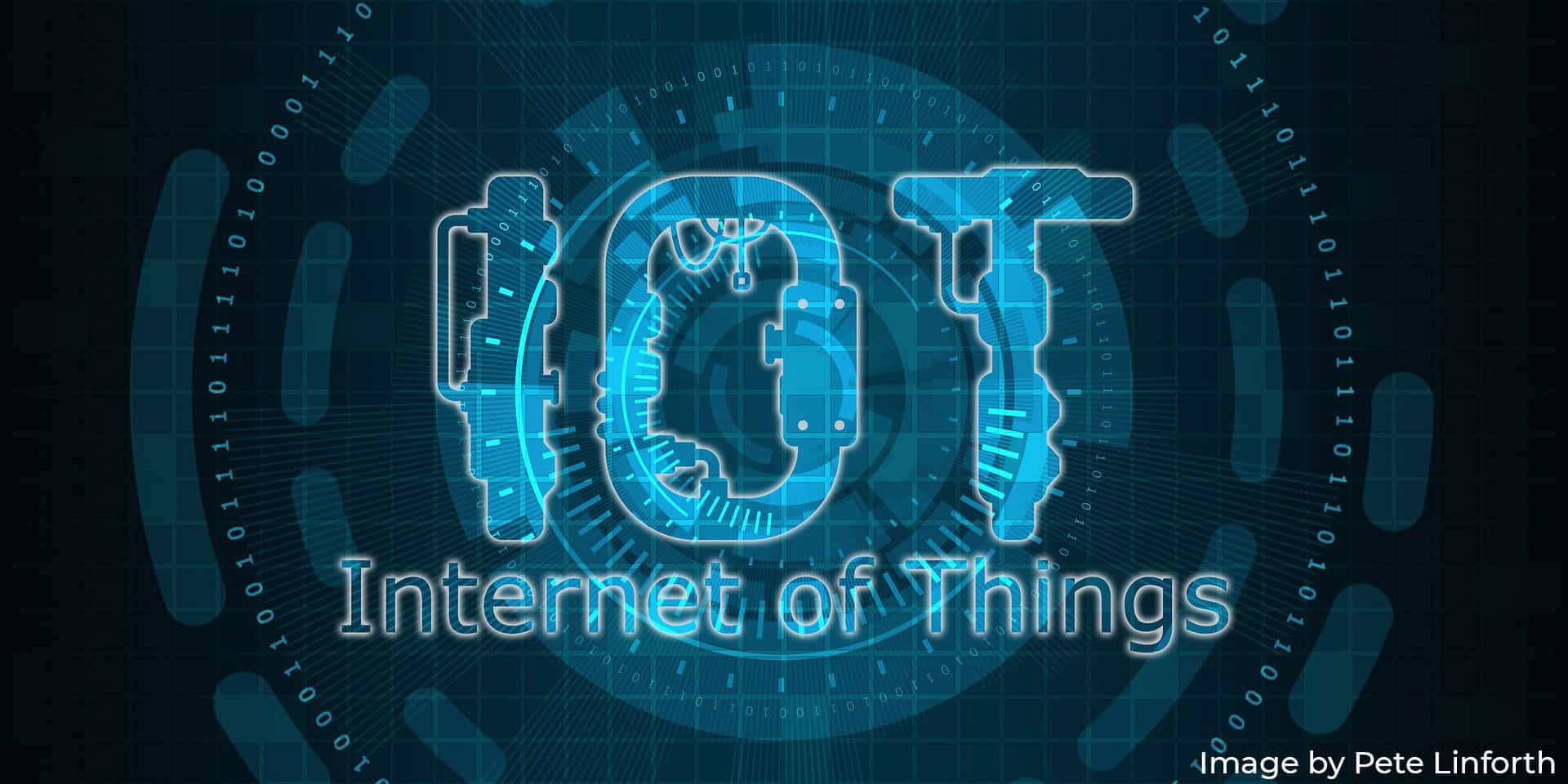
The application of Internet of Things (IoT) technology for inventory and asset management holds the promise of transforming the way organisations track, maintain, and optimise their resources.
The IoT refers to a network of interconnected physical devices, objects, and systems that can communicate and exchange data with each other over the internet or other communication networks. These devices, often embedded with sensors, software, and other technologies, collect and transmit data to central systems or other connected devices, enabling them to interact and make intelligent decisions without requiring direct human intervention.
IoT extends the concept of internet connectivity beyond traditional computing devices like computers and smartphones to include a wide range of everyday objects and machines. These objects can include anything from household appliances, industrial machinery, vehicles, wearable devices, and even infrastructure components like streetlights and utility meters.
The use of IoT devices by TPPL framework suppliers could include applications such as managing tools, PPE, vehicle components/parts, consumables, or for carrying out testing and inspections on equipment, machinery, plant, and even managing van stocks of mobile engineers.

Managing inventory and assets efficiently is critical for all businesses to ensure optimal resource utilisation, reduce operational costs, and enhance customer satisfaction. IoT technology offers a comprehensive solution by enabling real-time monitoring, data-driven decision-making, and predictive maintenance in the management of inventory and assets.
TPPL have identified Inventor-E as an organisation that can offer a range of IoT solutions at advantageous rates, where the return on investment is demonstrable. IoT not only benefits our members, but also the suppliers we work with across the frameworks we manage. Bringing productivity and efficiency to framework suppliers ensures TPPL members gain the indirect benefit.
Many TPPL framework suppliers operate in the automotive sector. The assembly line process in most automotive manufacturers is cutting edge. Lean manufacturing principles are used throughout the entire work-flow to reduce waste and inefficiencies. Inventor-e enables automotive manufacturers to take that same level of process automation used in the assembly line and apply it to the distribution and management of indirect materials.

With the right back-office system, there are no limits to the type and volume of data that can be stored or generated at the point a tag is scanned, and some or all of that can be displayed on the mobile device at any point.
Consider the applications… tool/equipment inspections, warranty and supplier checks in real time, component data, service history, next required inspection or test. And with the requirement to physically scan the tag, you can ensure that someone really did go to the item in question, not just a remote exercise.

Get in Touch or Book a Demonstration: enquiries@tppl.co.uk